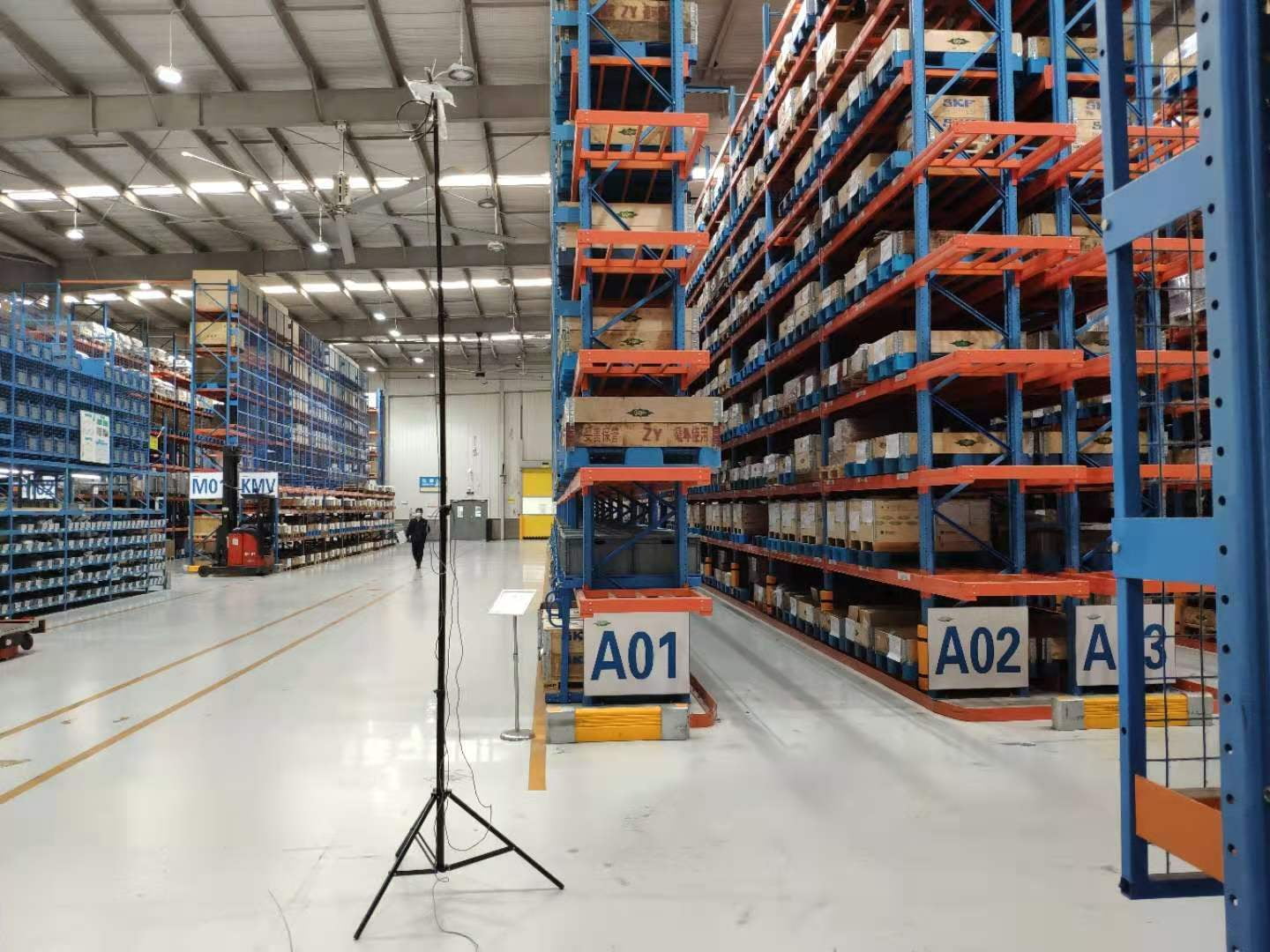Wi-Fi Site Surveys: Passive, Active, Survey-on-A-Stick
The lifecycle of a wireless network is the process of designing, validating, optimizing, and troubleshooting that network. Whether upgrading an existing wireless network or designing a greenfield network, you have to account for capacity requirements or potential interferences in the environment. Before you deploy your new or upgraded network infrastructure, you need to ensure you have real-world data to provide insight and insurance for your wireless project. We’ve discussed Wi-Fi site surveys in a couple of Webinar. However, not all site surveys are equal. There’s three common types of on-site surveys that can be performed.
Passive site surveys
Performed to get an understanding of the RF characteristics on-site. By RF characteristics I mean Wi-Fi signal strengths, noise levels, SNR (signal-to-noise ratio), and the like. The reason the site surveys are called “passive” is that your Wi-Fi network adapter is pretty much just listening to packets when performing passive site surveys. OK, the NIC might send some probes out, but that’s about it.
Active Site Surveys
Provide more insight on the network connectivity and/or performance. Things like packet loss, packet delay, and access points you’ve associated with, can be measured during active site surveys. As the name suggests, with active surveys the Wi-Fi adapter is receiving AND sending packets to figure out what’s truly going on with the network.
What is an AP on a Stick survey?
An AP on a Stick (APoS) survey is a method of temporarily staging APs at deployment height utilizing a tripod or other mounting options in order to validate your predictive design before a full site deployment. APoS surveys identify the RF signal propagation characteristics of the environment while providing additional confidence your proposed design will work as planned, reducing the need for costly AP location changes, and validating you have the correct number of APs in your design.

